16 Best Architecture Books for Beginners

Architecture plays an integral role in shaping the world around us. From London’s immense skyscrapers to Agra’s iconic Taj Mahal and Amsterdam’s charming gabled facades, structural design is a powerful form of artistic expression heavily influencing how we experience and enjoy spaces.
It can be difficult to know where to start when exploring a new subject, so we’ve put together a list of the 16 best Architecture books to read as a beginner, whether you’re set on studying the subject at university or just looking to explore a new interest.
Meet Our Trainee Architects!
Cameron
My name is Cameron. I’m a Masters of Architecture student currently studying at the Welsh School of Architecture. I have a vested interest in the natural connection we all have to shelter and materials, exploring innovative and environmentally-conscious solutions to construction, aiding in combatting the climate crisis.
Zsófi
I am Zsófi, a fifth-year student at the Welsh School of Architecture. Growing up in a city, I was fascinated by street life. Observing people, commuters or stationary users drove me to public spaces. Whether it was seeing a young girl running playfully into a small water fountain in a public square, or an old couple finding a comfortable seat, all of these memories have formed part of my collective understanding of public life.
Why Is Architectural Literature Important?
Buildings are always more than they seem – from your back garden shed to the Burj Khalifa!
Architectural literature encourages you to develop a near instinctual ability to read structures. Reading widely within the field will help you understand why the architect curves the glass of the skyscraper to prevent blinding the bystander below, or why the designer crafts the door handle to ergonomically fit the cottage dweller’s hand.
With that in mind, let’s dive in!
16 Best Architecture Books to Read for Beginners
There’s a wide variety of architectural literature to delve into, from works discussing the evolution and meaning behind fireplaces to an exploration of technocentric utopian architecture. There’s even a book or two on how we can experience structures with our other senses – i.e. not just through sight!
For early bird designers (ages 12+)
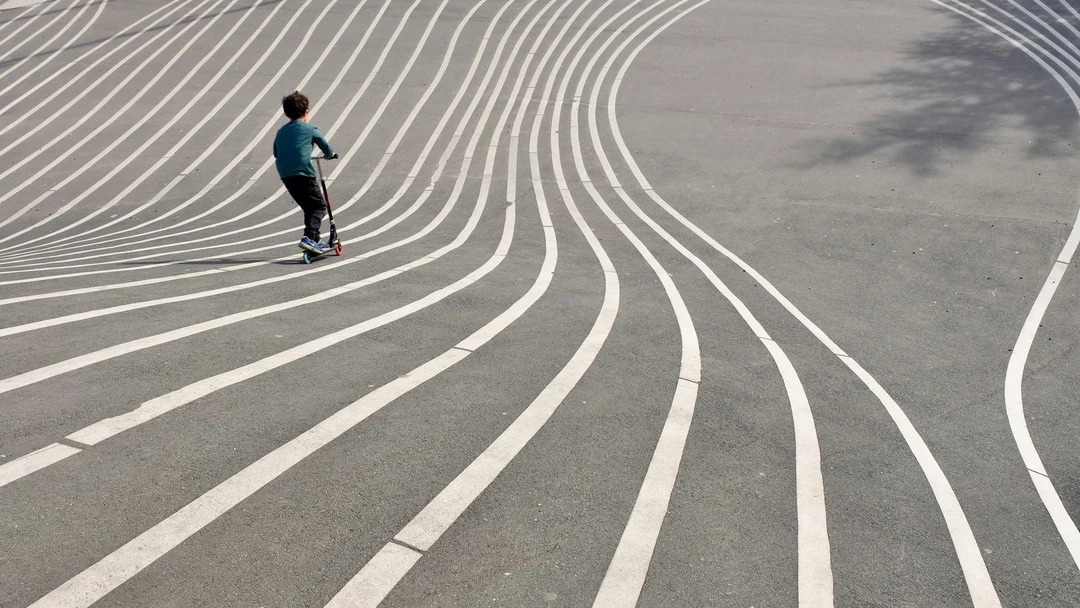
1. Yes Is More by Bjarke Ingels Group
“When something doesn’t fit anymore, we architects have the ability – and responsibility – to make sure that our cities do not force us to adapt to outdated leftovers from the past, but actually, fit to the way we want to live.”
Instead of asking what’s possible, this book dares to dream about how to make the impossible possible. Every page excites the reader, using dynamic comic book graphics to tell the story of the Bjarke Ingels Group (BIG) and its journey to developing some of the most innovative technocentric utopian architecture existing today.
Have you ever imagined curving skyscrapers overhanging the streets below? Have you ever imagined skiing down an office building? What about walking into a marketplace wrapped in brightly coloured LED screens? BIG has – and now you can experience it too.
This book rejects the notion that you should follow guides and tick boxes, and instead refuses to construct a ceiling on your creative outlook. This is an essential read for any young designer, cementing the idea that there’s always a way to achieve what can be imagined.
Dare to be radical, dare to be optimistic, and dare to be exciting!
For finding your favourite architect (ages 14+)
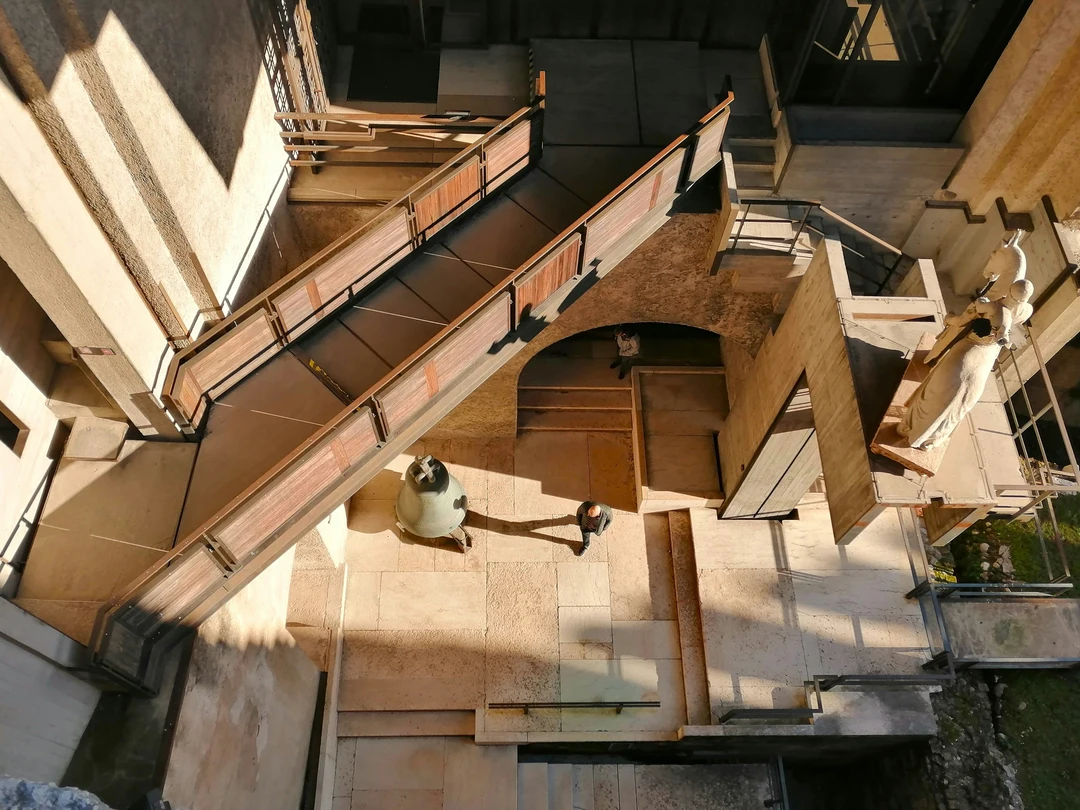
2. Carlo Scarpa by Robert McCarter
“Architecture is determined not by the whole, but by the part.”
Carlo Scarpa, to many, is the architect’s favourite architect, treating architecture in a way very few have the freedom to explore.
His work resembles a collection of artworks, designed and assembled meticulously to create a form which amazes with each step closer. From designing a ticket office at the Venice Biennale to his renovations of the Castelvecchio Museum in Verona, Scarpa truly stands apart from the rest for his attention to the smallest details.
Scarpa was a fanatic in every sense, often said to turn up to his projects in the middle of the night with a flashlight to check the details of his craftsmanship, controlling the execution and expression of the details. He was a maverick of his time, finding radical ways of preserving existing buildings, intersecting new with old, and bringing you closer to the true essence of art and history.
For those looking for an architect to be obsessed over – look no further!
3. Neri Oxman: Mediated Matter – Material Ecology by Paola Antonelli
“Neri Oxman’s practice is a powerful anticipation of a better possible future, and it is projected toward that future without apparent anxiety, patiently weaving connections between disciplines and between species, slowing down the pace of making by marrying the latest technologies with the most ancient and deliberate of tempos – those silkworms, bees, and microbes. She engages change using change’s own momentum.”
If you’re looking to challenge your perception of what architecture looks like, Neri Oxman is an architect like no other. With a background in medicine and biology, her engagement with architecture is both alien and nuanced.
Coining the term “material ecology”, she engages with the builders of our ecosystems such as silkworms and microbes to find natural construction solutions with minimal environmental impact. This involves a crossover with many computational methods, using 3D printers and other innovative construction technologies to realise nature’s full potential to serve as shelter.
Natural materials have an ability to respond to the world in new and exciting ways, potentially responding to light and temperature to help us live more comfortably in our homes of the future.
She is the mad scientist in the laboratory, cooking the perfect symbiosis between us and nature, combining both biological and architectural components to form a Frankenstein’s monster you won’t want to miss!
For story lovers (ages 14+)
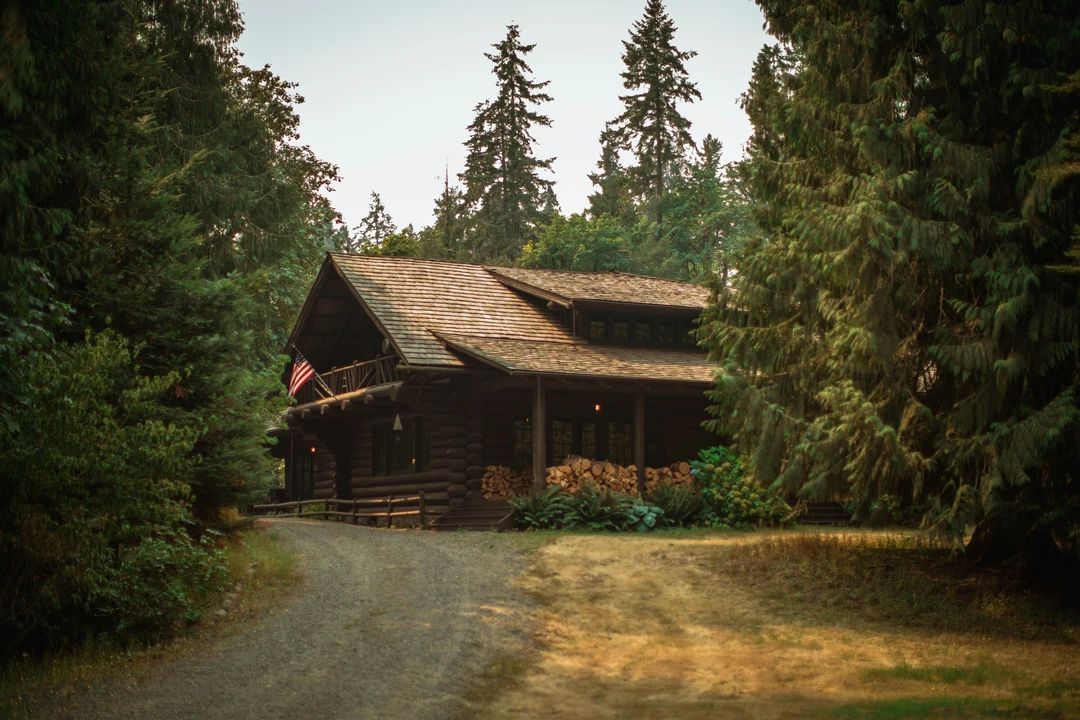
4. A Place Of My Own by Michael Pollan
“A room of one’s own: is there anybody who hasn’t at one time or another wished for such a place, hasn’t turned those soft words over until they’d assumed a habitable shape?”
The process of designing a piece of architecture solely for yourself is a personal journey of self-learning, exposing more than you might initially think about your view of yourself and your habits at home.
Michael Pollan recounts his biographical experience of designing and building a one-room writer’s lodge for himself, with the occasional help from an Architect and a Carpenter.
The book takes the perspective of someone with no formal architectural experience as they build their own home, pouring hours into reading from the most prestigious designers and design movements of our time. It expertly shows the ups and the downs, the successes and the failures, and the overall gruelling task of deciding how your own space should look and feel.
The rawness of this story makes it the perfect entrypoint for a young architect looking to understand not only the challenges they may be up against in this profession, but also the self-fulfilling bliss of entering your brand new home.
For an introduction to architecture (ages 15+)

5. Happy City by Charles Montgomery
“One thing is certain: we all translate our own ideas of happiness into form. It happens when you garden or choose where to live. It happens when you buy a car. [] It is impossible to separate the life and design of a city from the attempt to understand happiness.”
Have you ever wondered why we live in cities? Why are we spending most of our time sharing space with others? This book provides an insight into how we experience architecture through city life.
Instead of outlining the wealth of a city, Montgomery examines cities through the lens of happiness. Happiness is his means of defining whether a city successfully provides for its citizens.
Cities are for all people and should account for all. Montgomery illustrates factors that determine our happiness using urban precedents, hoping that the next generation will prioritise citizen happiness and well-being.
6. Spatial Agency: Other Ways of Doing Architecture by Jeremy Till, Nishat Awan and Tatjana Schneider
“Pedagogical approaches are [created] out of the vernacular intelligence that the communities already possess.”
Why are certain people more likely to build their own houses than others? Can you, as a citizen, be involved in designing places within our cities?
Spatial Agency is a book that discusses these questions, presenting the difficulty citizens have in accessing architecture. For each chapter, Till presents examples where citizens became part of the design process, from coming up with ideas to actually constructing them.
Have you ever wondered why you can’t live that bit closer to school? You might think it’s just by chance that other people live close by, or you may think your parents made this choice deliberately, for a separate reason. But the choices we make about where we live are heavily influenced by the lack of housing in desirable areas that are also affordable to us.
This book presents architecture as everyone’s profession. As a citizen, you can initiate changes that will lead to schools and places of learning in areas more convenient to all, regardless of your position in the class system.
Architecture is for the people and, without the voices of people, it is empty.
7. Experiencing Architecture by Steen Eiler Rasmussen
“On the whole, art should not be explained; it must be experienced.”
Covering the definitive basis of all things architecture is an impossible task to squeeze into 256 pages, but Rasmussen’s Experiencing Architecture is about as close as anyone’s gotten.
This is an ideal first book for anyone curious about the holistic definition of the space sculpted or carved by an Architect. “Experiencing” space encourages the reader to engage with all of their senses, defining:
- What’s considered “solid”
- What’s considered a “cavity”
- How a building is built to be satisfyingly proportional and repetitive
- How the room can affect how you hear yourself and others
Architecture is ultimately an art form; it has no rules, it has no bounds, and yet you still see designers with an appreciation for very similar architectural tropes and clichés. We are creatures of habit, and the familiarity of experience is at the base of all things we find comfortable.
Rasmussen defines shelter in its most primal essence, reminding us what good architectural design has achieved over time.
For readers of the city (ages 16+)
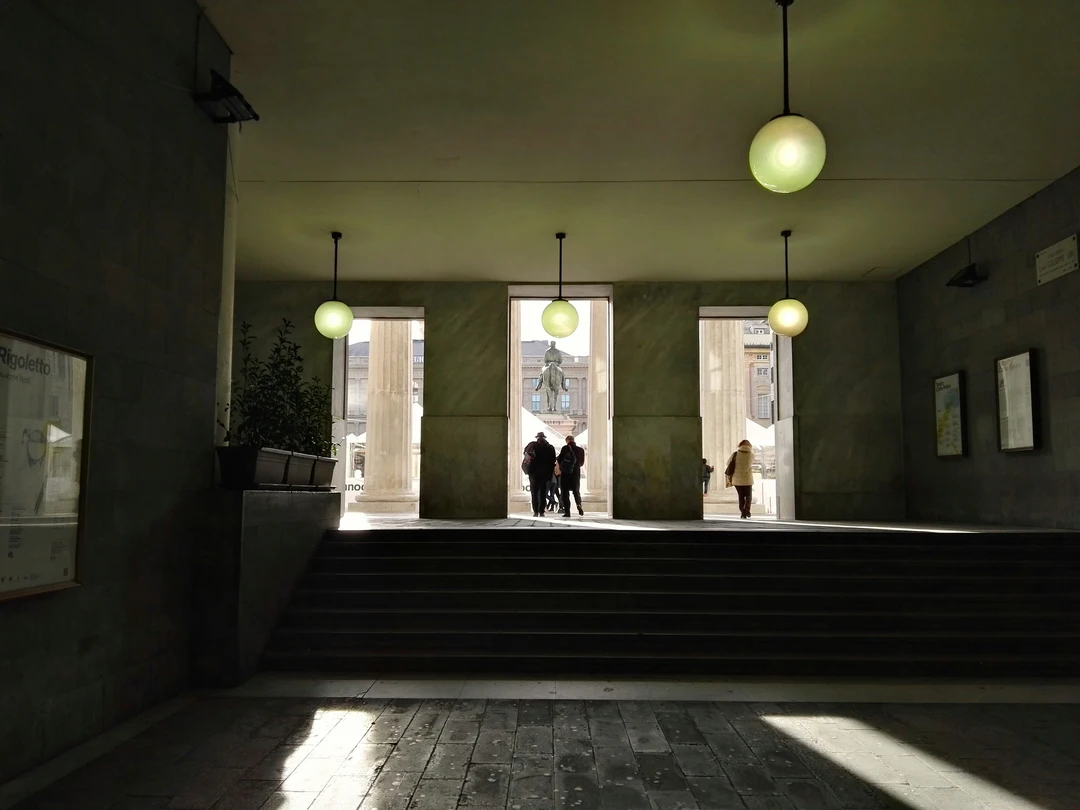
8. Architecture of the City by Aldo Rossi
“In an urban artefact, certain original values and functions remain, others are totally altered; about some stylistic aspects of the form we are certain, others are less obvious.”
Of any book on this list, Architecture of the City arguably provides the most definitive answer on how to appreciate the architecture that surrounds us.
Aldo Rossi argues for critiquing buildings through the accumulation of changes and additions it’s experienced over time. This is what gives architecture meaning; the public’s collective memory of how it has served a community defines its value.
Whilst this book may have been published long before the climate emergency, it’s an early example of a resource arguing for the continued reuse and retrofit of existing buildings. It rejects the notion that historic architecture should be preserved, and instead pleads for it to find new purpose in the urban environment.
This makes it an essential resource for all newcomers to the profession. Designing to reduce our carbon footprint is becoming an increasingly crucial weapon to wield in the boardroom battlefields of tomorrow’s architecture!
9. The Image of the City by Kevin Lynch
“Structuring and identifying the environment is a vital ability among all mobile animals.”
Why did the chicken cross the road? To get to the other side? How did the chicken know it wanted to get to the other side? What features of the urban environment told the chicken that its desired destination was near? Lynch’s book is an analysis of exactly how the chicken could begin to read urban spaces to help locate itself in its environment.
By defining features of urban spaces using paths, edges, districts, nodes and landmarks, the chicken is more prepared to read the experiences it may feel transiting between districts within the city, commuting along pathways, or attempting to locate other chickens looking to meet up at pre-decided nodes in the city centre.
Lynch was an early proponent of mental mapping, pioneering how individuals could begin to find their way around a city. This book serves to consider the spaces in between buildings, demonstrating how architecture is not just about buildings – sometimes it’s about chickens.
10. Death and Life of Great American Cities by Jane Jacobs
“Let us consider [] if these long [] blocks had an extra street cut across them, [] a street containing buildings where things could start up [like] places for buying, caring, seeing things, getting a drink, [a person] would have various alternative routes to choose.”
Imagine this scenario: you’re in the middle of a city, commuting down a thin pavement alongside four lanes of traffic. You must cross the road to get to your nearest supermarket. Your nearest crossing is a kilometre away and you’re in a wheelchair, meaning you have to go even further to cross the street.
This book demonstrates the ways in which cities aren’t built for bettering the lives of their citizens. It shouldn’t be people’s disabilities that restrict their experiences; the city should be accommodating for all people’s physical and psychological limits.
Jacobs also presents the city’s opportunities for encounters. You might walk down a street and see an ice cream shop, or you might bump into a friend from your old school. The street becomes a performance – a “sidewalk ballet” where each dance move is carefully composed to bring richness into our lives.
11. Cities for People by Jan Gehl
“The potential for a lively city is [] when more people are invited to walk, bike and stay in city space.”
This book is for those who love to travel and immerse themselves in different cultures. Think about the last time you visited a country that made you think, “I could live here”. Often, we visit cities known for their bustling vibrancy, with crowds of people forming on the high streets.
Even if these areas are touristic, it’s not necessarily the landmarks that drive people there. You can see many locals spending time outdoors in cafés, restaurants and shops. Why are they attracted to these streets? What invites them to leave the comfort of their own homes?
Gehl invites us to explore a city that’s designed for people. He sees streets as spaces where activities happen. Instead of passing through, he welcomes everyone to stay and share this space with others.
Whether you love to go window shopping or are fascinated by the restaurants on offer, the high street invites us to understand the vibrancy of a public space where people commune together. Gehl’s city is a game where the people are the players, and the tasks are the possibilities they hold.
For a different perspective (ages 16+)
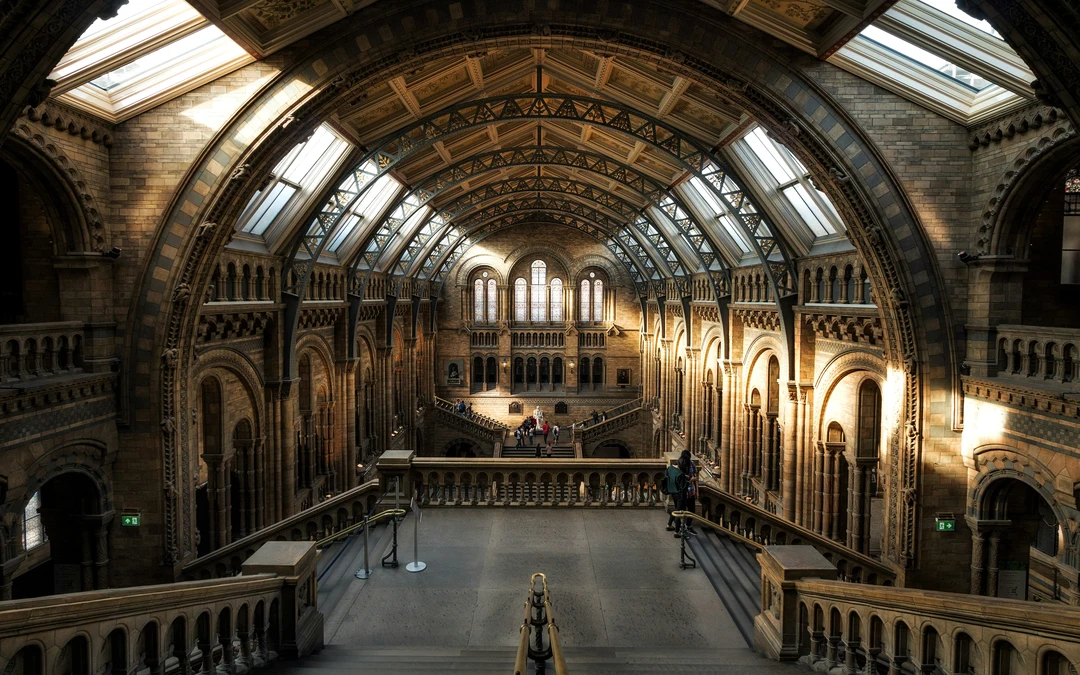
12. Eyes of the Skin by Juhani Pallasmaa
“The skin is the oldest and the most sensitive of our organs, our first medium of communication, and our most efficient protector. Even the transparent cornea of the eye is overlain by a layer of modified skin. Touch is the parent of our eyes, ears, nose and mouth. It is the sense which became differentiated into the others, a fact that seems to be recognised in the age-old evaluation of touch as ‘the mother of the senses’.”
Next time you walk into your house, close your eyes. How does it change your impression of the space? How does it change how you act, how you appreciate your belongings or the walls, how you understand the home you know so well? These are the questions Pallasmaa asks, urging us to stop treating the eye as the determinant of “good” or “bad” architecture.
Instead, the author asks us to pay attention to how touch implicitly and unconsciously shapes our understanding of the world around us. Our bodies remember who we are in relation to how and where we’re located. It’s central to our experience and is at the locus of reference, memory, imagination and integration.
Next time you experience a building for the first time, close your eyes – your touch may see more than your eyes ever could!
For climate activists (16+)

13. Sustainable Everyday: Scenarios for Urban Life by Ezio Manzini and Francois Jégou
“The transition towards sustainability will be a social learning process in which human beings will gradually find out (by trial and error, as in any learning process) how to live well, consuming (much) less while regenerating the quality of the environment.”
Imagine a street where terraced houses repeat, seemingly endlessly, one after another. In each of these homes, there’s a person who uses a microwave, dishwasher, toaster, or maybe even the hob, to cook dinner. Every single person needs electricity, water, heating and ventilation to perform these activities.
These people not only have their own individual appliances, but they’re also cooking without company. They chose to live independently because they could afford to do so, seeing it as an opportunity to separate themselves from the perceived difficulty of compromising on domestic habits and chores with a housemate.
But what if these people chose instead to live communally with each other? What if they chose to share their homes instead of sheltering themselves from the burden of company? Manzini and Jegou present alternative visions for sharing spaces which can reduce our consumption.
For university-level students
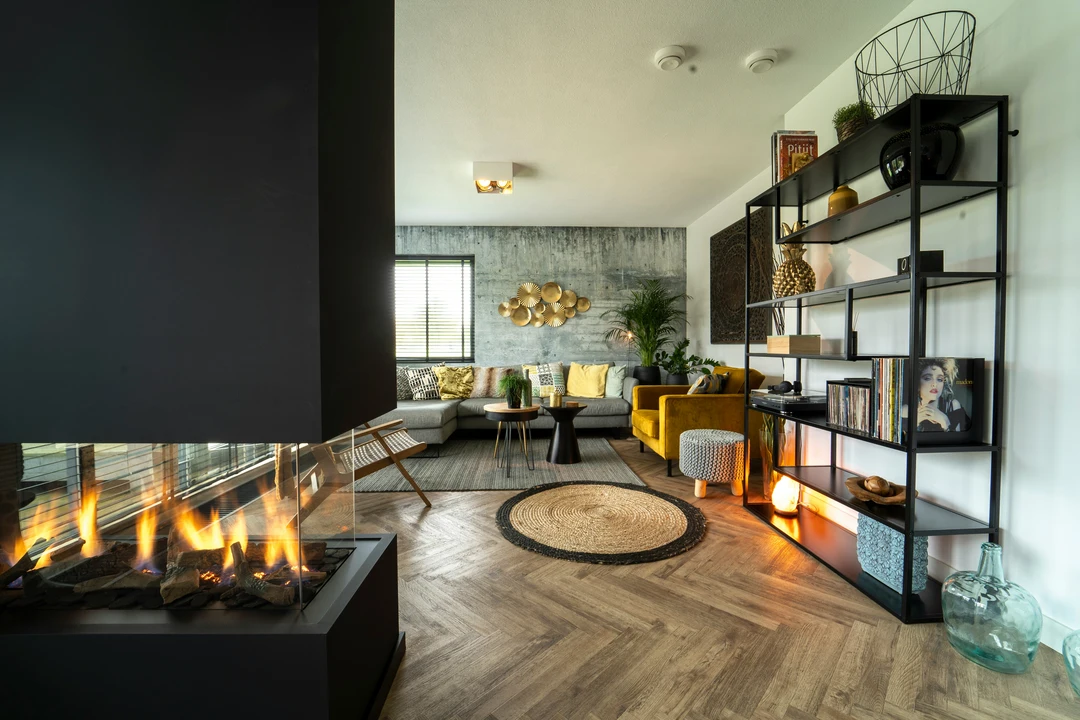
14. Analysing Architecture by Simon Unwin
“A fire [] creates a place where people can occupy its sphere of light and warmth. []It might be defined by a tight circle of people around a campfire. [The fireplace is seen as the] identifier of place of human occupation.”
This book is for those curious about the past that connects all of us as humans.
Centuries and centuries ago, as the sun set for the day, communities would gather in the safest available place to settle for the night.
Some would collect wood from the surroundings, others would bring meats and plants from their hunts and foraging. They might have danced or told stories, but most importantly, they would build their fireplaces so they could sit together to share a meal.
Today, fireplaces are widely used across traditional and contemporary housing, with their overall purpose remaining much the same. We still build fireplaces in our living rooms, still gathering around them in the evening.
Unwin’s book collects place types like the fireplace – basic elements intersected in our buildings. He uncovers how these evolved, and why they altered and retained particular meanings over time.
15. Thinking Architecture by Peter Zumthor
“I went into my aunt’s garden. That door handle still seems to me like a special sign of entry into a world of different moods and smells. [] I can hear the heavy front door closing behind me.”
When you think about your first memory, certain scenes might emerge. You might remember holding your favourite toy, or trying your first taste of a food. You might recall running around in a meadow in the freshly cut grass with your friends. We recall these memories through our senses and images carefully stored in our minds.
The series of images we collect through our lives defines the experiences we’d like to relive. We are searching for them everywhere, whether it’s a window from our childhood room that brought in soft light, or your mother baking in the kitchen, sending delicious smells through the whole house.
Zumthor highlights those particular settings that define us, urging us to search for them in different settings. How can we design these settings in our homes? How can we replicate them in rented accommodation where users change regularly? What about in public buildings and spaces? This book is for those interested in how we can design to evoke our senses.
16. How Buildings Learn by Stewart Brand
“No wonder people get in a permanent state of denial about the need for building maintenance. It is all about negatives, never about rewards. Doing it is a pain. Not doing it can be catastrophic. A constant draining expense, it never makes money.”
Have you ever wondered why some buildings last far longer than others? How is it possible that Stonehenge has been standing for centuries, but Big Ben is being repaired every 30 years? Brand introduces the role of materiality, exploring the importance of designing for maintenance.
Imagine this scenario: there’s a newly built high rise with a series of levels with newly installed windows. Next to this building is a short, few-storey building with a couple of windows on each elevation. Which building’s window cleaning is easier to achieve? In the case of a fire, which building can be evacuated more easily?
This book is an insight into designing buildings while considering their projected lifespan and the impact on the people who’ll be maintaining them. Reducing building maintenance is not only reducing the complexity, but also reducing resources and cost.
As designers, we might be considering our users, but it’s just as important to consider those responsible for keeping these buildings operating. This book is for those interested in resource-efficient architecture for our next generation.
We hope this article has inspired you to delve further into the rich insights of architectural literature. Stay curious, and read a wide range of architectural works – there are so many more out there!
By Cameron & Zsófi
Cameron is a Masters of Architecture student currently studying at the Welsh School of Architecture. He has a vested interest in the natural connection we all have to shelter and materials, exploring innovative and environmentally-conscious solutions to construction.
Zsófi is a fifth-year student at the Welsh School of Architecture. Growing up in a city, she was fascinated by street life. Observing people, commuters or stationary users drove her to public spaces, forming part of her collective understanding of public life.
Recommended articles
Best Universities to Study Medicine in the World
A degree in Medicine spans many years, so it’s important to make a good choice when committing yourself to your studies. This guide is designed to help you figure out where you'd like to study and practise medicine. For those interested in getting a head start, the...
What Is A Year Abroad?
One of the great opportunities offered to UK university students is taking a year abroad. But what does this involve? Who can do it? What are some of the pros and cons? In our year abroad guide, we’ll explain some of the things to bear in mind when considering this...
The Ultimate Guide To Summer Internships
Are you eager to make the most of your summer break and jumpstart your career? There are so many productive things students can do in the summer or with their school holidays, and an internship is one of the most valuable! A summer internship could be the perfect...


